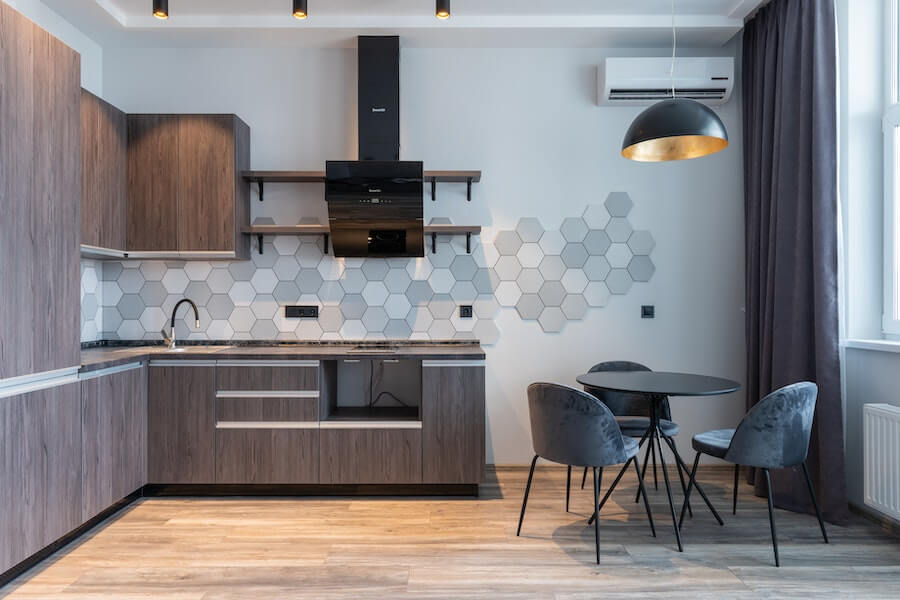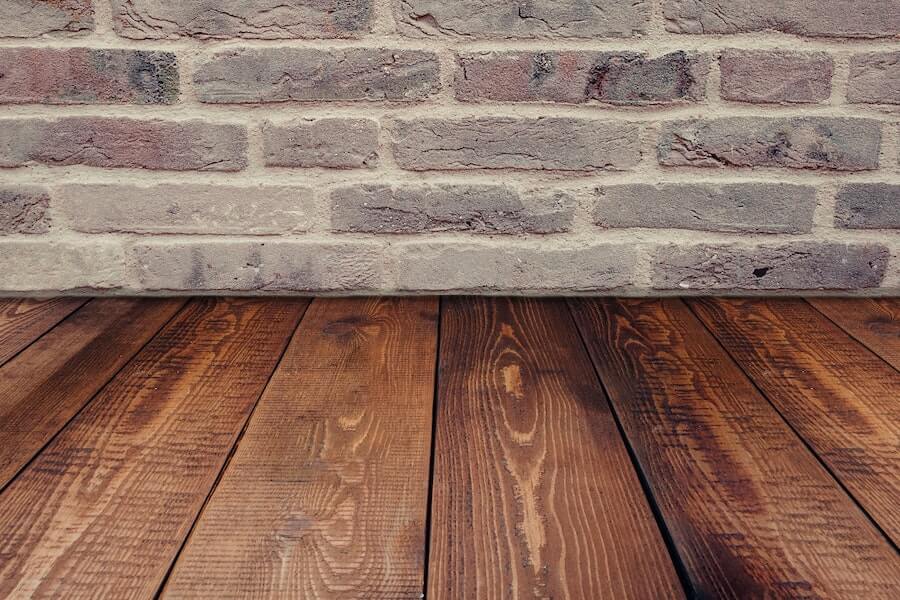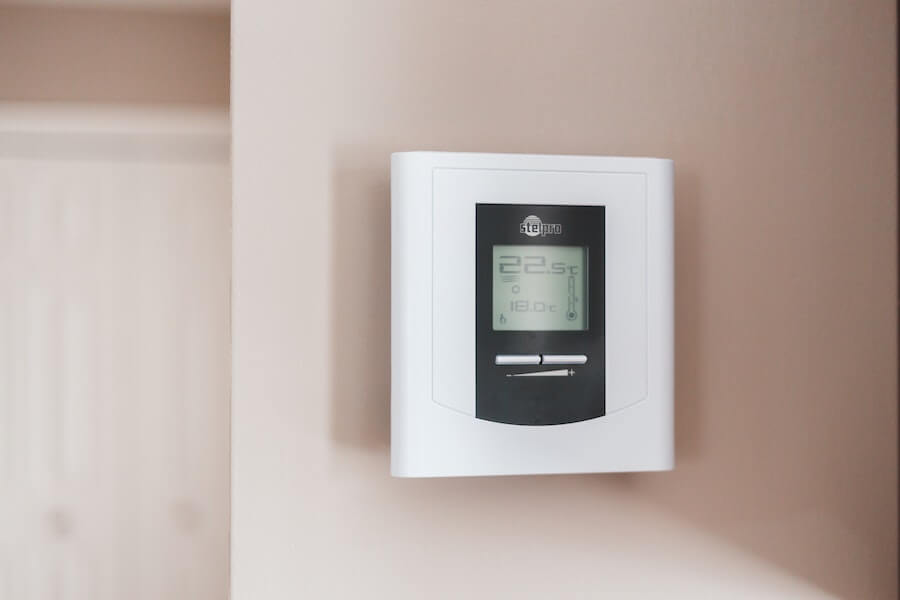
Underfloor heating systems (UFH) are great for containing heat in your home at a cheaper price and offers plenty of long-lasting benefits for your home. They lie dormant in your home and will save a lot of money for you in the long run because once installed, and heat will never escape through your flooring again. In this article, you will find all the advantages of underfloor heating and why it might be the right installation material for you to save money regarding heating in your home.
Contents
What is underfloor heating?
Before you decide to invest in UFH, you need to know what it is all about. Its primary function is to warm your floor and to act as its own primary heat source; a handy alternative to radiators and will take up less wall space. However, underfloor heating and radiators can still work well together, but for those looking to save money, the former is the better option.
There are two types of underfloor heating:
- Hydronic – circulates warm water around your home; is more efficient than other heating systems and will grant you a lower energy bill.
- Electric – the conventional form of radiant heating, using thin heated wires that are placed under the floor and heat up when switched on.
The advantages of underfloor heating
Many factors contribute the advantages of underfloor heating, which makes it so popular and worth investing in:
Low maintenance costs
One of the main priorities of an energy-efficient heating system is how much it will cost. Underfloor heating is largely made from polypropylene, which is a naturally hard material, and will need little maintenance. This works for both types of underfloor heating, hydronic and electrical. So, although installing underfloor heating is quite costly initially, it is the only time you will have to go through a high cost in the long run.
Energy efficiency

It has been proven that underfloor heating is more energy efficient than standard radiators and will significantly reduce your energy bills. However, before you decide to install it, you should have an efficiency test performed around your home to assess how you can get the most out of your home installation.
Even when you do not need the heating on and turn your underfloor heating system off, it will retain the heating inside your home for longer. Fancy braving installing underfloor heating yourself? Check out our range of UFH kit builders to find what type of underfloor heating system is right for you.
Find out more about how you can heat a home efficiently
Running Costs
Due to the high rise in gas fuel prices, adding UFH to your home is, in the long run, a lot cheaper than traditional radiators. How you choose to run your home heating system is entirely up to you; this may include how often rooms are used, the number of occupants in your home, and the total running time heating is on.
Whilst hydronic heating systems rely more on gas to keep the water warm, and will be both more efficient and cost less, the main problem will be the initial installation.
Alternatively, electrical-based UFH are easier to install, given that you get a professional DIY technician to lay the pipes out without damaging them, as well as the main issues being up-front costs. As a whole, the long term running costs of underfloor heating is relatively low, making it onto this list of the advantages of underfloor heating.
Comfortability
Another great advantage of underfloor heating is how comfortable it can make the rest of your home.
You will find that UFH will make your home more comfortable to live in, especially if you are walking barefoot to the bathroom in the middle of the night. Underfloor heating will also help regulate the air temperature. Maintain a consistent balance of heating, and UFH will ensure that one corner of the room is not colder than the rest of the room.

Hygienic
You will be surprised to find that underfloor heating is more hygienic and safer than having radiators installed. Traditionally, radiators create more moisture and humidity on floor level, which can cause dust mites and other bugs to fester in your home. An UFH, however, will shift the hygiene levels in your home and will reduce the risk of dust mites in your home.
Dust mites can be life-threatening for people who have asthma and removing your radiators will also mean one less surface to clean that might cause grease and dust. So, if anyone in your family suffers from allergies, this will be a significant advancement that underfloor heating will bring to your home. Learn more about central heating allergy symptoms.
Adjustable Temperatures
When your underfloor heating systems have been successfully installed in your home, you can easily adjust the temperature in the rooms around your home with a trustworthy thermostat.
This does come at a slightly extra cost for a good underfloor heating control unit, but in the long run, you will save more money after this upfront payment.

Other Floor Surfaces
Underfloor heating is also compatible with nearly all floor systems. You do not need solid flooring like stone or tiling to get the best results out of underfloor heating. It is mainly popular with homeowners with carpet, laminated, engineered wood or vinyl flooring, but nonetheless, Polypipe heating can be installed underneath these too.
More space
Radiators can spoil the spacing of the rooming around your home due to how bulky they are. This is not the case with underfloor heating. The advantages of underfloor heating here is that it will clear up a lot of lower wall space since underfloor heating is fitted under your flooring, and your guests won’t even know it is there, apart from when they realise how much warmer it is in your home and the thermostat is not turned on.
More about Polypipe
You will have found that Polypipe is mentioned a lot alongside underfloor heating. Poly pipes have high durability, it is available to be bought in a range of sizes and thicknesses and will not leak (something which radiators can unfortunately do).
Renovation vs Retrofit
There ara various ways you can install underfloor heating using our efficient kit builders, either to add as an extension or a renovation. Either way, it is important and easier to get it installed whilst you are moving house. After all, you do not want to settle into your home for 4 or 5 years and then decide to get underfloor heating installed and get your carpets ripped up and furniture jumbled up. Instead, opt for a low profile overlay underfloor heating system.
For renovations, you will need to plan out new flooring onto your existing floor structure, and if you wish to make the least amount of changes, then installing a lightweight, low-profile design as thin as 15mm is your best approach.
However, if you choose to retrofit UFH throughout your home, you will need a blueprint of your house. Doing this will account for how each room will be heated without adding supplementary heating.
Insulation
To make the most out of your underfloor heating, you will need to check how well-insulated your home is to minimise the amount of heat that could be lost through the flooring. You will also need more room to accommodate the installations.
Wet vs Dry
Wet vs dry is what will differentiate hydronic and electrical heating systems the most. Whilst the advantages of underfloor heating in its electric format involve fewer installation costs and less disruption to install, the side effect long term is the utility bill cost. Therefore, this form of dry underfloor heating systems is more suitable for smaller spaces like tiled bathrooms. If you want to enjoy your bath or sit on the toilet without worrying about being cold when you stand up, then a dry underfloor heating system will be the better option.
Wet underfloor heating systems are created using poly pipes that are connected to the boiler and uses warm water to keep it powered. Depending on your boiler’s energy sufficiency, this method has low running costs, which is a massive advantage for underfloor heating, as well as the poly pipes being made from plastic, meaning fewer maintenance repairs are required in case of leaks. However, a disadvantage of this underfloor heating method is that it will cost more to install than dry underfloor heating, especially if it is at floor level. Wet underfloor heating is more suitable for bigger homes.
Find out whether electric or water underfloor heating is right for you.
Let Underfloor Heating Suit Your Preference
No matter the style you have in your home, from traditional to contemporary and even Scandinavian, underfloor heating is perfect to accommodate all these styles and more. Another advantage is that they are tucked away from view and will beat those bulky radiators that are awkwardly sitting on your walls and evoking all sorts of creatures to live under your floorboards.
You can therefore be more productive with your walls and add in floor-to-ceiling curtains and even stylish paintings. As a whole, there are many advantages of underfloor heating that will benefit your home in different ways to help you save money.
FAQs
Does underfloor heating improve energy efficiency?
Yes, underfloor heating is known for its energy efficiency. It can provide significant energy savings compared to traditional heating systems, as it operates at lower temperatures and distributes heat more evenly throughout the space.
Can underfloor heating help with better indoor air quality?
Yes, underfloor heating can contribute to better indoor air quality. Since it doesn’t rely on forced air circulation, there is less movement of dust and allergens, resulting in cleaner air and a healthier environment.
Does underfloor heating provide better heat control and comfort?
Yes, underfloor heating allows for better heat control and comfort. With individual room temperature control options, you can customize the heating levels in different areas of your home, ensuring optimal comfort for everyone.
Is underfloor heating suitable for all types of homes?
Underfloor heating can be installed in various types of homes, including new constructions, renovations, and even existing properties. It can be retrofitted to work with different flooring types, making it a versatile heating solution.
Can underfloor heating reduce the need for additional heating sources?
Yes, underfloor heating can often eliminate the need for additional heating sources, such as radiators or space heaters. It provides efficient and sufficient heating throughout the space, reducing the reliance on supplementary heating methods.
Is underfloor heating suitable for all floor coverings?
Underfloor heating is compatible with a wide range of floor coverings, including tile, stone, laminate, vinyl, engineered wood, and certain types of carpet. However, it’s important to consult the manufacturer’s guidelines and recommendations to ensure compatibility.
Does underfloor heating offer a more aesthetically pleasing heating solution?
Yes, underfloor heating offers a more aesthetically pleasing heating solution as there are no visible radiators or heating equipment. This allows for unobstructed interior design choices and provides a cleaner and more seamless look to the space.
Can underfloor heating increase the value of a property?
Underfloor heating is often seen as a desirable feature in homes and can potentially increase the value of a property. It offers enhanced comfort, energy efficiency, and a modern heating solution that appeals to buyers.
Is underfloor heating suitable for all climate conditions?
Underfloor heating can be used in various climate conditions. However, it is particularly beneficial in colder climates as it provides consistent and efficient heating throughout the space.
Sources
Compare the Market. (n.d.). Heating Your House Efficiently. [Accessed 26/05/23] Retrieved from: https://www.comparethemarket.com/energy/content/heating-house-efficiently/
